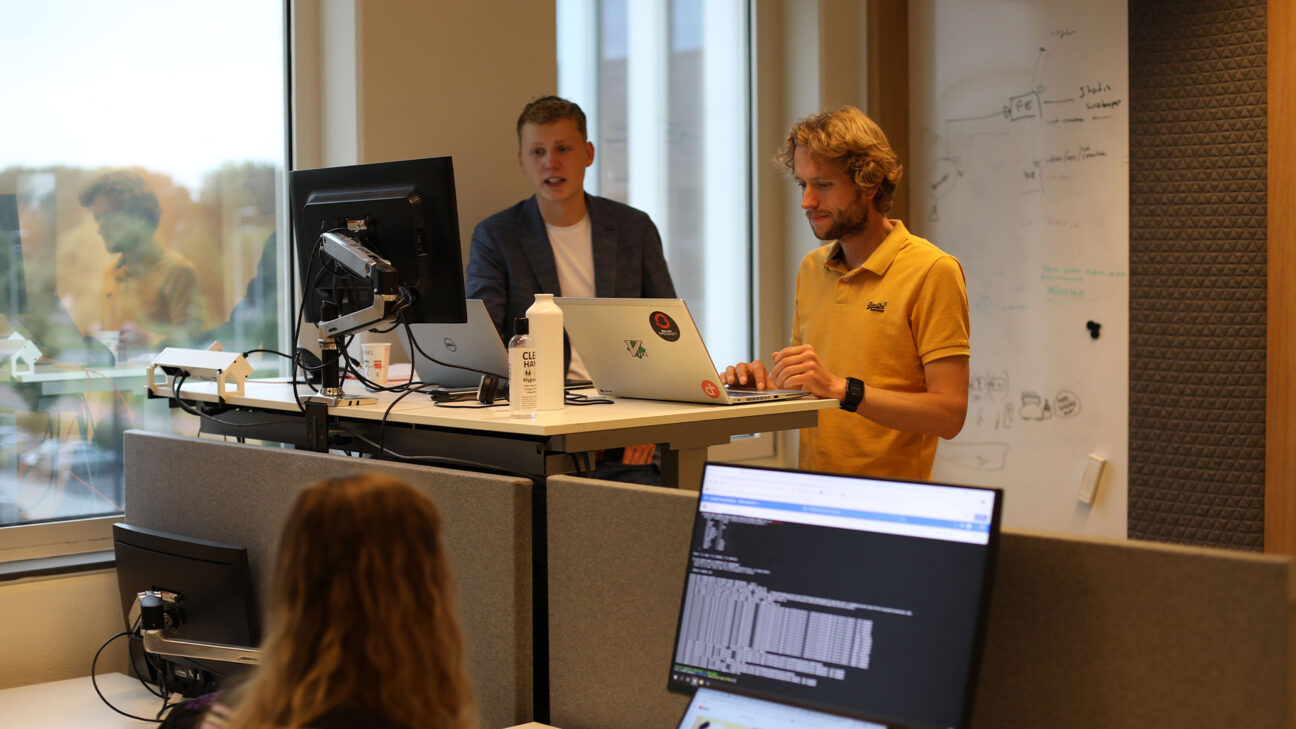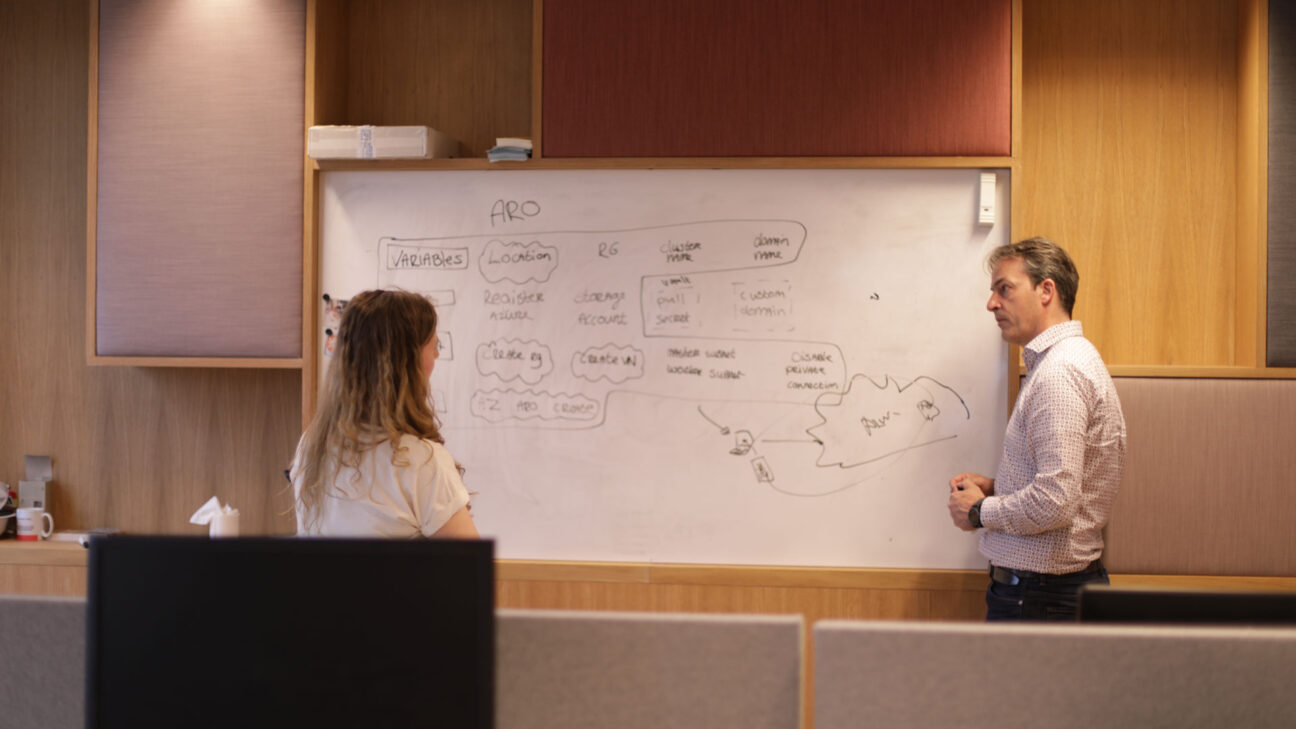Starting as a DevOps Trainee at Devoteam was an exciting step for me. Before I started at Devoteam, I studied International Business and Languages and Intercultural Communication, which is quite different from the IT world. Still, there was something that appealed to me about IT, especially after a sporadic python DIY course online and reading the Phoenix Project.
As a first step, of course, I had a conversation with Anne, one of the recruiters at Devoteam. This was followed by a more substantive conversation with Hans (Director DevOps) and Miguel (Senior DevOps Consultant). After two good conversations we decided to just do it, even though it might be difficult without an IT background.
Starting on perhaps the biggest challenge of my life
Starting during corona is of course different from sitting in an office. During the onboarding day, everything about Devoteam was explained and I could get started. Fortunately, I immediately got two coaches and one fellow student with whom I could spar with.

From that moment on I just started working hard with everything that had to be done. In the beginning, this was mainly focused on laying the foundations and obtaining certificates. There were certainly some tough challenges, such as the XML certificate. Everything was new and it took me quite a bit of effort in the beginning to store and understand everything.
From source code in Git to provisioning with Ansible, Docker & Terraform
After the first ‘basic’ period, the challenges started. This was really trying everything on your own laptop and getting it working. So it started with Git as source code base, then moved on to Jenkins as pipeline and Nexus as artifact repository. Then came the step to go to Azure Devops and set up everything in the same way.
Furthermore, tests had to be carried out, of course, to check whether everything worked as you expected it to work. And then came the biggest challenge of all, provisioning. During provisioning, the techniques of Docker, Terraform and Ansible came into play. Of course they were all new and had to be put together in a pipeline. Beforehand this was a pretty overwhelming picture to think of, but once the picture was clear it went a lot smoother than I expected. I even started to like it a lot!

As a last step I started working with Monitoring via the ELK stack, because of course you want to keep an eye on what happens with your launched app. During this challenge you first collect the information (Beats or Logstash), you give this an index so that you can easily find the information later (Elasticsearch) and as a last step you make the information visual (Kibana). After this you could start thinking about which information is relevant, and how this can be conveniently visible in a dashboard.
At the end of the ride I surprised myself about what I can do and understand within the IT world. So you see that through a natural curiosity and good guidance you can do more than you think. And now on to my first assignment!